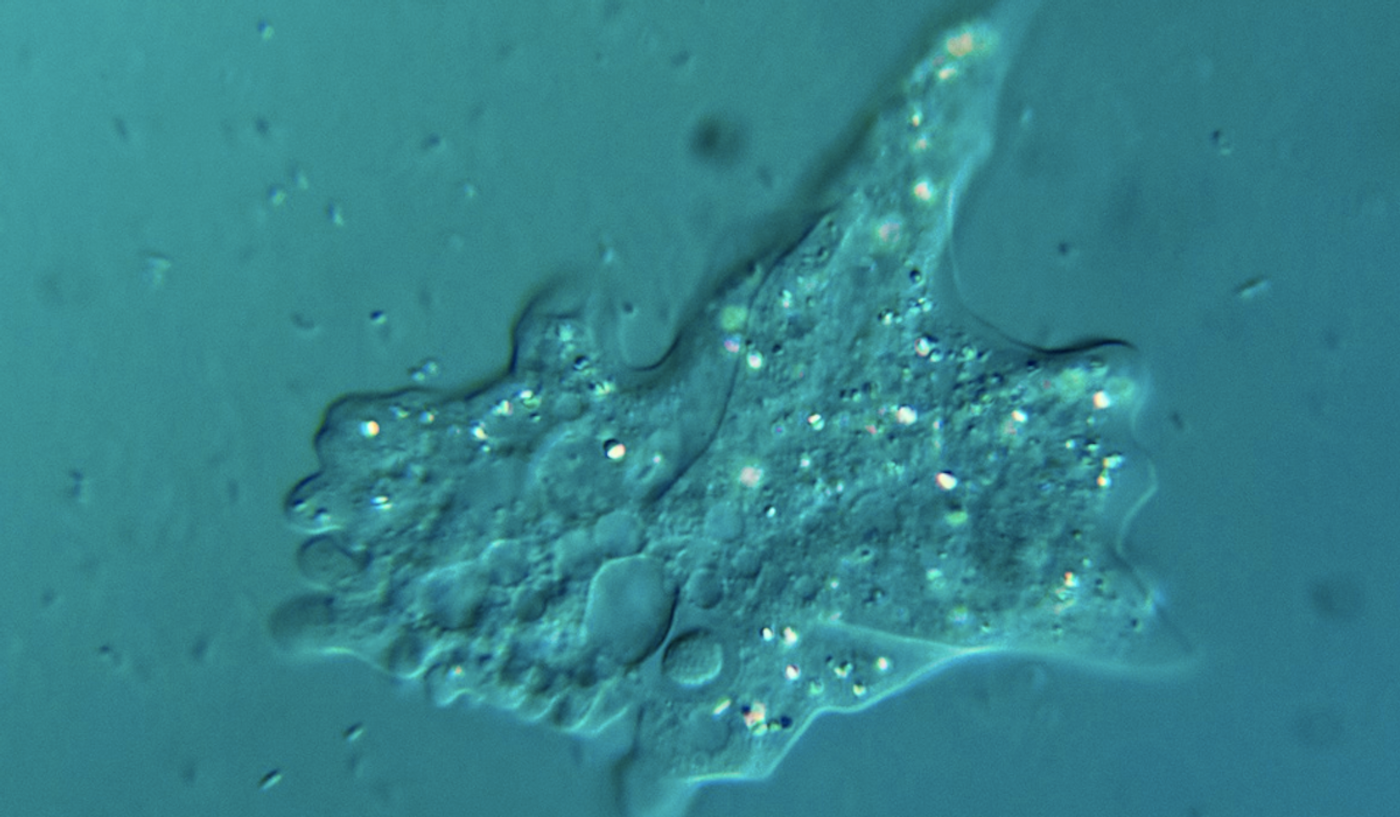Histones May Be Essential to Amoeba-Infecting Viruses
Histones are proteins that are used to organize and compact DNA. Some giant viruses called Marseilleviridae, which infect amoebas, have also been found to use histones; they wind their DNA around histones like thread around a spool. Researchers have now found that this arrangement might help these giant viruses use a host amoeba's machinery to generate more viral particles; the study has been reported in Cell with additional work in Nature Structural & Molecular Biology. The findings suggest that histone proteins play a role in the life cycle of a virus, noted Howard Hughes Medical Institute Investigator and senior study author Karolin Luger.
Eukaryotic cells, which are found in animals, plants, and many other organisms, carry their genomic DNA in a nucleus, where it's wrapped around histones. Eight DNA-wrapped histone proteins make up one nucleosome. Once thought to be used only in eukaryotic cells, it seems that other organisms use histones too. Histones have previously been found in microbes called archaea. Luger's team and others have also shown that histones are present in Marseilleviridae giant viruses, which are over twice the size of a flu virus.
Luger's team found that these viral histones paired up, creating nucleosome-like particles that were unstable. The structures had unique properties that seemed to help them invade their target. The giant viruses remain in the cytoplasm of the cells, and don't invade the nucleus of amoebas. "It's really weird," noted Luger. "There's lots of DNA in the nucleus, so why the heck don't these histones go there to organize the host DNA as well?"
In amoeba that are infected with Marseilleviridae, a virus factory forms in the cytoplasm, and the giant viruses bundle the viral DNA. The researchers found that these bundles are not as stable as the nucleosomes in eukaryotic cells. The loose packaging might ease access to the viral genome, allowing host cell proteins to easily move to the genes that the virus needs expressed so it can replicate.
The researchers also removed some of the histone genes from a giant virus to see whether it was still able to infect cells. When the virus lost its histones, it couldn't organize its DNA and was not able to infect amoeba.
There is still a lot to learn about the histone proteins in viruses. Not all giant viruses need them for DNA replication either, noted Luger.
Sources: Phys.org via Howard Hughes Medical Institute, Cell









